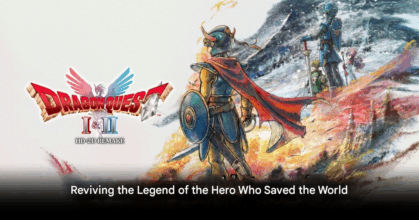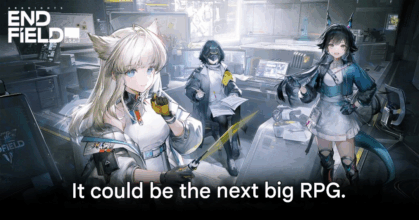Stunning: Final Fantasy 7 Remake Lands on Switch 2

Final Fantasy VII Remake Intergrade Targets the Ultimate Portable Experience
The long awaited arrival of Final Fantasy VII Remake Intergrade on the Nintendo Switch 2 is now set for January 22, 2026. Square Enix has firmly committed to making this debut a benchmark for high end ports on Nintendo’s new hybrid console. Development efforts focused on ensuring a top tier experience for players across the globe, not just those on existing platforms. This ambitious port marks a significant moment for the series, bringing the critically acclaimed modern action roleplaying game to a portable format for the first time.

A New Era of High-End Portability
The entire Final Fantasy VII Remake trilogy is scheduled to come to the Switch 2 eventually. This promises a cohesive and complete experience for a massive new audience in Southeast Asia. Naoki Hamaguchi, the director of the remake series, has expressed great confidence in the quality of the upcoming port. He has been highly vocal in assuring fans they have no reason for concern about how the graphically demanding title will perform. Hamaguchi noted that Remake Intergrade may even surpass its PlayStation four predecessor in terms of optimization and overall presentation on the hybrid console. This is a crucial promise given the visual scope of the game.
Technical Mastery for Stable Performance
The technical team at Square Enix has worked diligently to achieve a consistent experience on the Switch 2. The official target performance for Final Fantasy VII Remake Intergrade is a stable thirty frames per second (30fps). This frame rate is maintained with the visual fidelity intact. Hamaguchi, who has an engineering background, explained that the handheld mode was the most technically challenging. Due to constraints on power consumption, a standard direct port would not have run stably.
To solve this, developers focused on optimizing the graphic pipeline. Lighting, considered crucial for overall visual quality, received specific attention. Developers wanted to ensure character expressions and environment details looked excellent, avoiding any cheap appearance. This specialized work on the rendering technology has allowed the team to deliver performance that Digital Foundry has praised heavily. Furthermore, the experience of optimizing the title for PC and Steam Deck hardware proved invaluable to the Switch 2 development.
Critical Praise and Console Comparison
Industry critics who have previewed the port were highly impressed with the result. Digital Foundry’s John Linneman called Final Fantasy VII Remake Intergrade the “best-looking thing” seen on the Switch 2 thus far. This high praise underscores Square Enix’s successful optimization efforts. The port’s visual presentation appears comparable to the PlayStation four version, but with improved textures and lighting from the Intergrade update.
In a related move for the Switch 2 version, Square Enix decided to utilize the new Game Key Cards. These cards require a partial download to the console’s internal storage. This decision was driven by performance concerns, as the internal memory offers faster load times than if the entire game were loaded straight from the physical card. The director hopes players will come to accept this choice, viewing it as necessary to deliver a higher end experience. This technical decision aims to keep loading speeds competitive with other platforms like the PlayStation five.
This port is not merely a technical showcase for the new Nintendo hardware. It represents a significant step for Square Enix’s multiplatform strategy. By bringing the entire remake trilogy to the Switch 2 and Xbox, the company ensures that a wider base of players, including those throughout Southeast Asia, can follow Cloud Strife’s complete journey.
THIS IS our take.
The fact that Square Enix poured this much engineering talent into the Switch 2 port shows they are serious about the platform. Hamaguchi’s personal mission to make this a model case proves that high fidelity experiences can thrive in the handheld space. For players in Southeast Asia, getting the whole trilogy on a system that looks this good on the go is a huge win. They are not just getting a port; they are getting a statement that portable power is here to stay.






